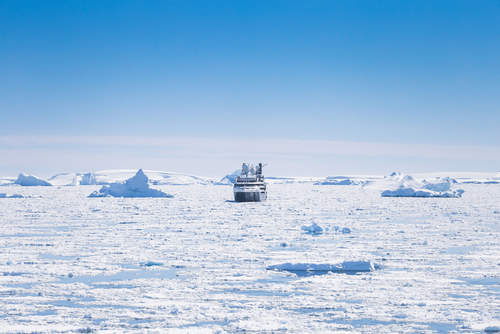According to Reuters, ships transporting Russian liquefied natural gas (LNG) to Asia are increasingly opting for longer routes around Africa’s Cape of Good Hope as winter approaches.
Data from LSEG reveals that these vessels are shifting away from the Arctic routes due to various operational challenges. One significant factor is the lack of sufficient ice-class gas carriers needed for navigation along the Northern Sea Route, which has limited the capacity of Russia’s new Arctic LNG 2 project. However, some ice-class tankers continue to operate in that area, Reuters reports.
LSEG data indicates that a conventional gas tanker, which loaded at the Yamal LNG plant on October 2, has embarked on its journey around Africa to Asia, with an expected arrival date of November 13. Another tanker, which loaded gas from the same plant on October 9, is also set to take the longer route, with an anticipated arrival by November 23. Notably, the final destinations for these vessels have not been specified yet.
In another development, a tanker loaded at Gazprom’s Portovaya plant on the Baltic Sea on October 3 is scheduled to dispatch its cargo on November 21. Additionally, as reported by Reuters, Russia has announced traffic restrictions due to ice formation at the port of Sabetta, which serves the Yamal LNG plant, starting October 22. This situation is compounded by security concerns; attacks by Yemen’s Iran-aligned Houthi group on commercial vessels in the Red Sea have led shipping companies to divert routes to avoid the Suez Canal since late last year.
Meanwhile, the last vessel to load from the Arctic LNG 2 project, which has faced U.S. sanctions due to the ongoing conflict in Ukraine, received its cargo on October 7 but has yet to depart from the Kara Sea in the Arctic. According to LSEG, there have been no indications of new loadings from the Arctic LNG 2 project, Reuters concludes.































































